King David
Oil on panel, 36 x 26 cm
Frame 50 x 39 cm
The young David is depicted half-length in the foreground, three-quarters. The young man is leaning against a ruin, covered by a short robe that leaves his torso bare, while with one hand he leans on Goliath's long sword.
It is the book of Samuel that tells the story in front of this representation. During Saul's fight against the Philistines, a man from the enemy army called Goliath came to the king telling him that he wanted to fight one of them. The winner would enslave his opponents.
The Philistine giant came dressed in a helmet and bronze armor and an iron-tipped javelin. Only the young David, who had come to the camp to refresh his brothers with provisions, had the courage to propose himself as a fighter against Goliath. King Saul accepted and offered him his armor, which David refused because he felt awkward in his movements. Having obtained five stones, David took his sling and headed towards the giant. He struck Goliath's forehead with a stone and, promptly grabbing his sword, beheaded him. The Israelites immediately attacked the Philistines, driving them out of the city. After David's victory over Goliath, the young shepherd returned carrying the giant's head as a trophy. David's triumph is interpreted as a prefiguration of Christ's entry into Jerusalem.




















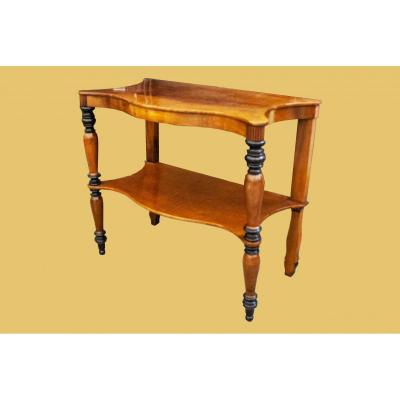

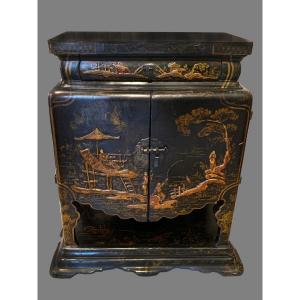



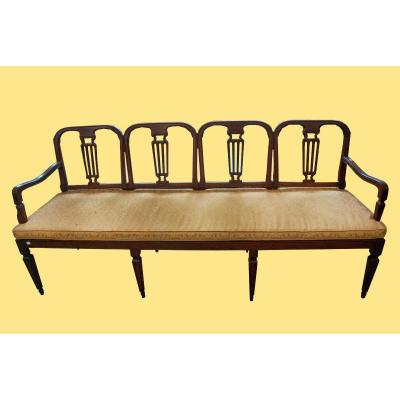





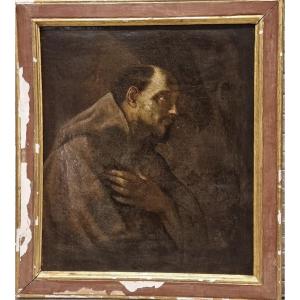

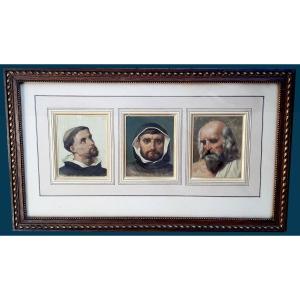

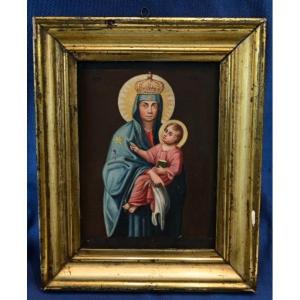



 Le Magazine de PROANTIC
Le Magazine de PROANTIC TRÉSORS Magazine
TRÉSORS Magazine Rivista Artiquariato
Rivista Artiquariato